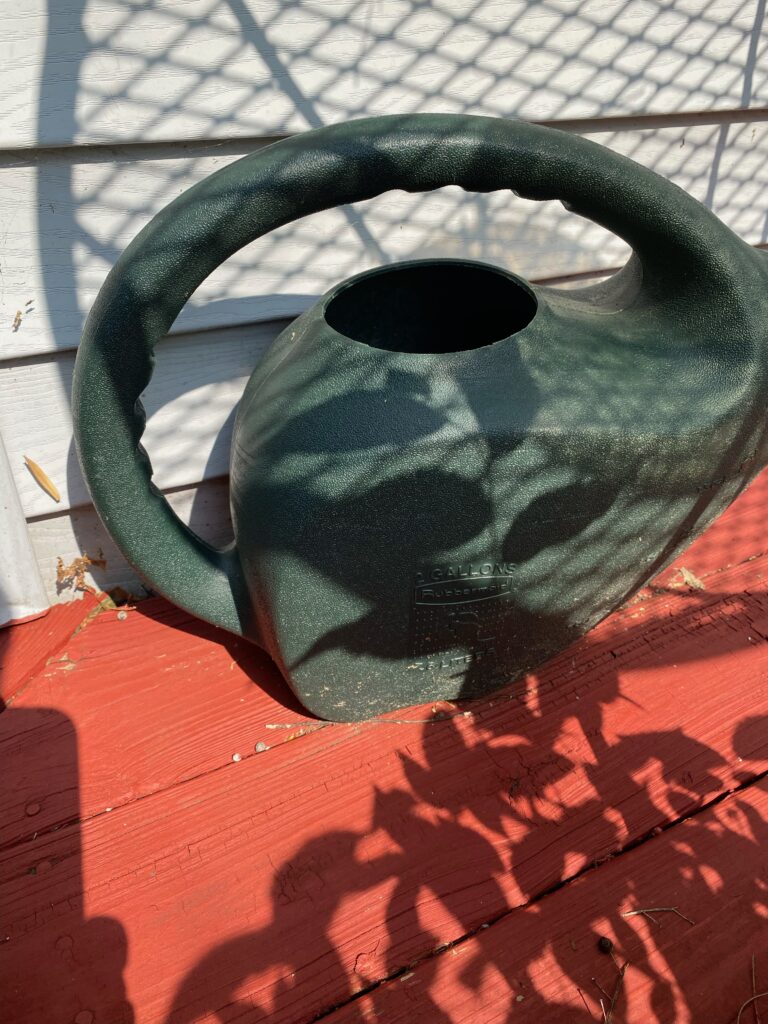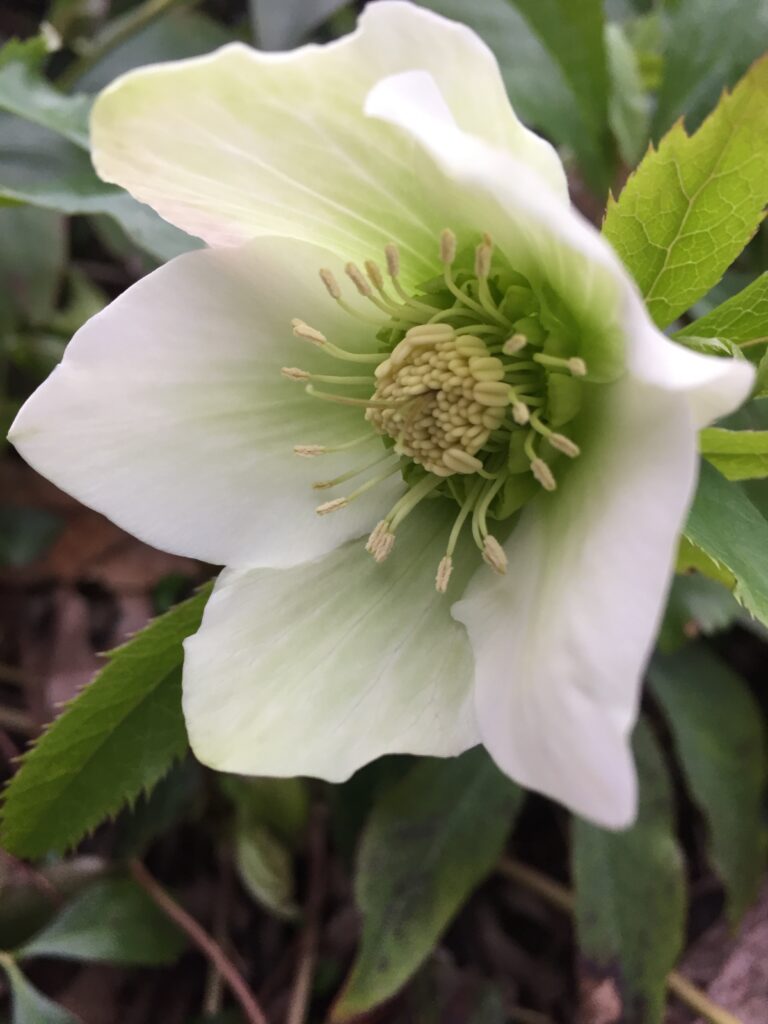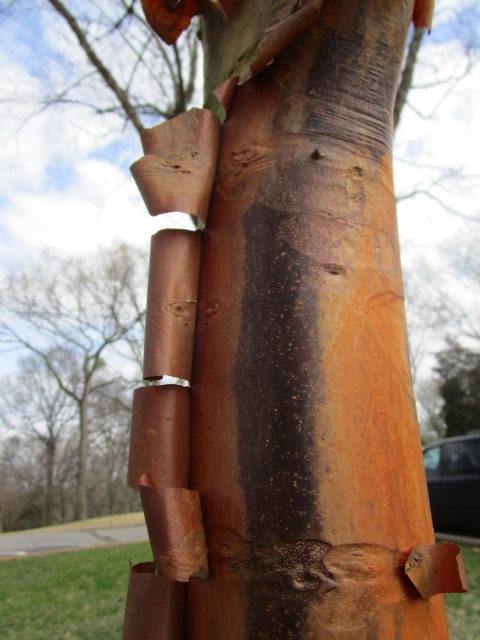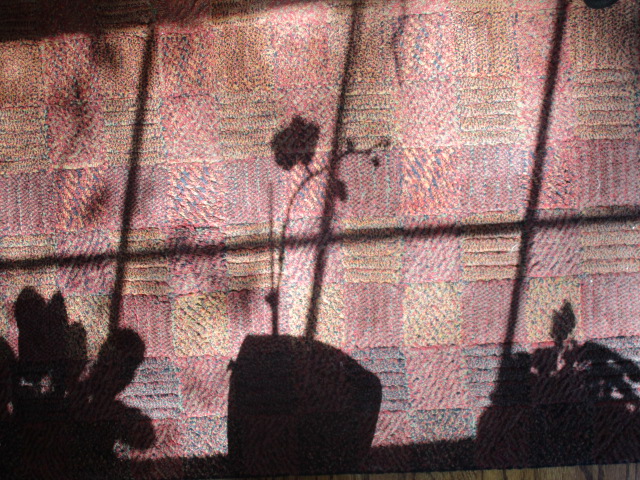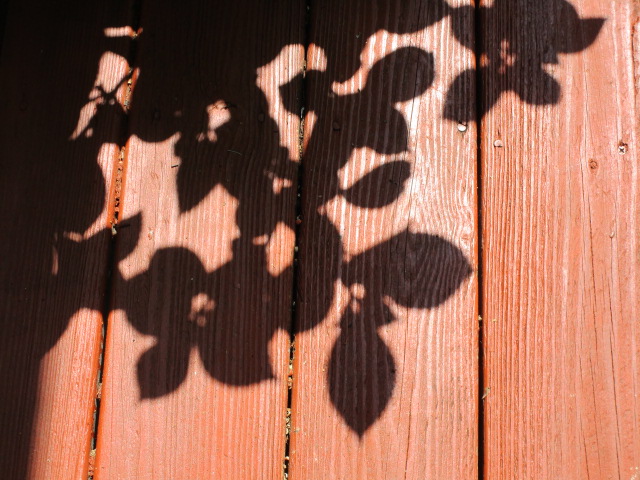“To the attentive eye, each moment of the year has its own beauty.”
– Ralph Waldo Emerson –
I spent last week at a writers’ conference in Princeton and realized again just how much a change of location draws our attention to our surroundings. Of course even in unfamiliar places, we can stay stuck in our own thoughts (or focus on our smart phones). But to a child, a new place is an adventure. And that’s what I had last week – new paths, different gardens, benches on the green where I could sit and simply notice the world around me. Adventure.
In my last post, I suggested six ways to notice the world like a child: Sit in a swing, angle yourself, squint, focus on moving water, squat, and get bored. Here are six more ways we can enter into that space of childlike wonder.

- Use as many senses as you can. When adults notice, it’s usually with the visual sense. Listening is a close second. Children notice with as many senses as adults will allow them to use. Touch is right up there with looking and listening. So is smell and taste.
2. Look up. I love trees, especially treetops. I love how the top branches reach toward the sky and dance in the wind. But when I get busy, I plow through my day at eye level. So notice the tops of tree. Gaze at the stars. Watch a jet make a vapor trail. Look up and discover.
3. Imagine. Children specialize in imagination, which is an extended way to notice the world. Imagining takes noticing to the next level. Remember when you were a child and looked up at clouds? Maybe you not only noticed them but also imagined that the cloud shapes were elephants or ships or whatever delighted you. My daughter-in-law and I often walk at our local botanical gardens. One of our favorite trails passes among trees where roots vein out across a ground carpeted with moss. We almost expect to see fairies come dancing through.
4. Experiment. Make something happen. Toss a pebble into a pool, listen to the splash, and watch the ripples. Blow a dandelion. Blow bubbles with a straw in a glass of milk. Stir the milk and watch the vortex.
5. Follow through. Sometimes we notice but turn away too soon to absorb the wonder of the moment. Blow bubbles, watch colors wink on their surface, and then follow through by continuing to watch as the bubbles float away. (Seriously, how long has it been since you’ve blown bubbles?)
6. Linger. This is like following through, but I think of it in the context of an unexpected moment that strikes us with a sense of wonder in passing. I grew up in West Texas, where the sunsets can be spectacular. I now live in Nashville, Tennessee, where trees block the view. But a few months ago, an amazing sunset turned billowing clouds overhead every shade of brilliant pink and orange. Along some of the busiest streets, people stepped out of shops and pedestrians paused on the sidewalks, and for a few moments, it seemed like the whole city looked up and lingered in awe.
So use as many senses as you can, look up, imagine, experiment, follow through, and linger. And use those moments to nourish peace and cultivate loving kindness. Then carry the calm.
Nature of the week – flowers in Princeton:
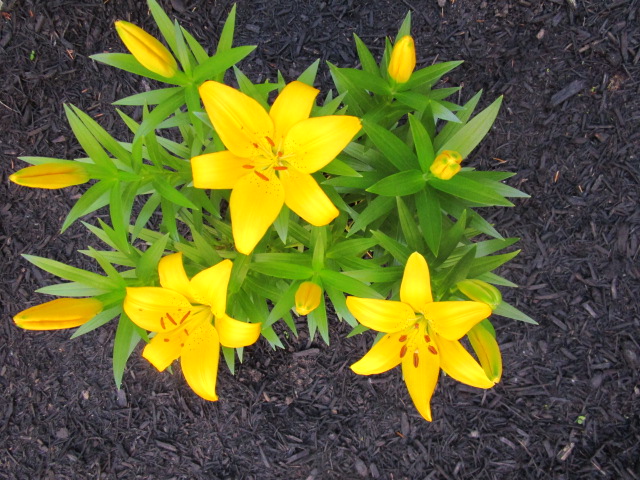
Shadow of the Week – lamp shadow in Princeton:

Text and photos © 2016 Karyn Henley. All rights reserved.
What’s Waiting to Be Seen


